Does THC Percentage Matter? Producing Quality Products for Consumers
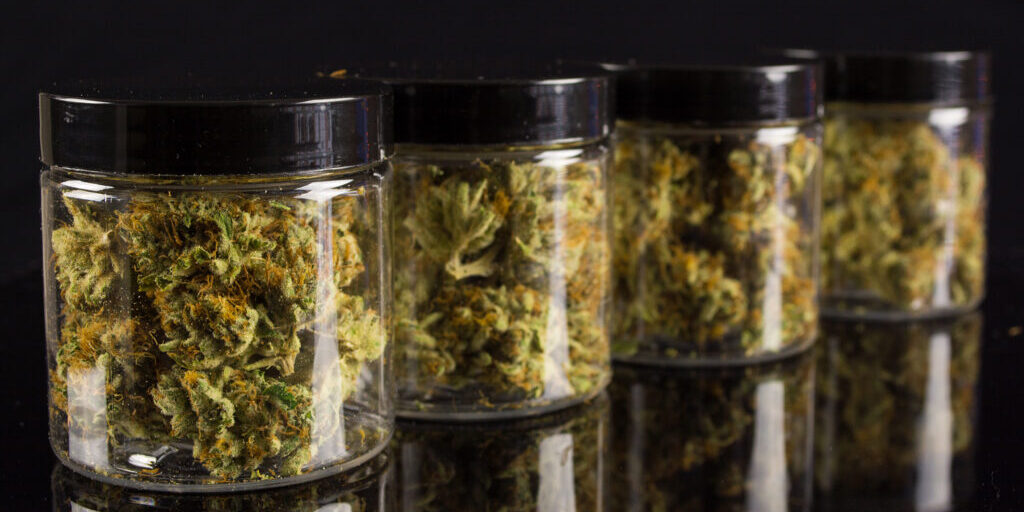
For a cannabis cultivator and their consumers, THC percentage is often considered a critical metric for determining the potency and quality of a product. Over the last several decades, the THC content of cannabis has changed drastically.
In 1995, the average THC content in most products was 4% or lower. Now, evolutions in commercial cannabis equipment, processing strategies, and growing methods have allowed companies to create products with exceptionally high potency.
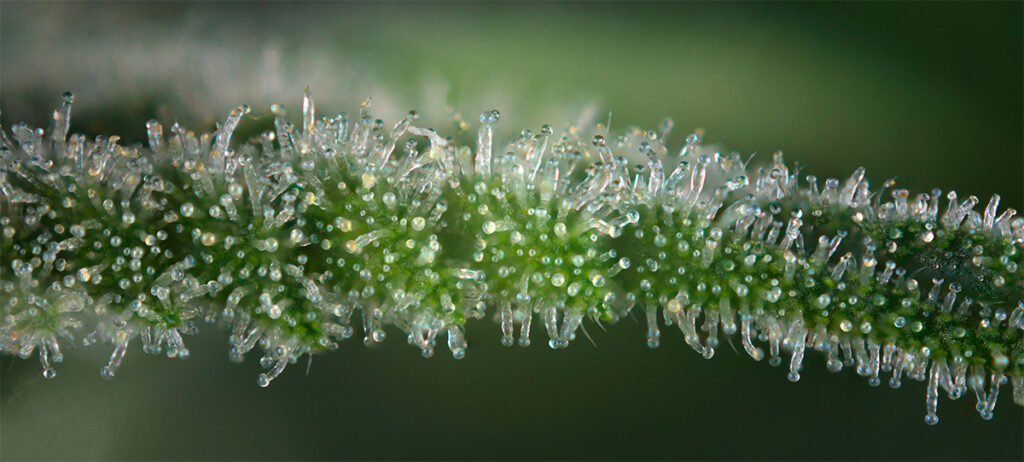
But how much does THC percentage matter to your profits? Is it the only thing you should be considering when it comes to determining cannabis quality, or are there other factors to keep in mind? Additionally, if THC is important (which it is), how do you make sure that you’re processing your cannabis product in a way that delivers the best effects?
Understanding THC and Its Role in Cannabis Quality
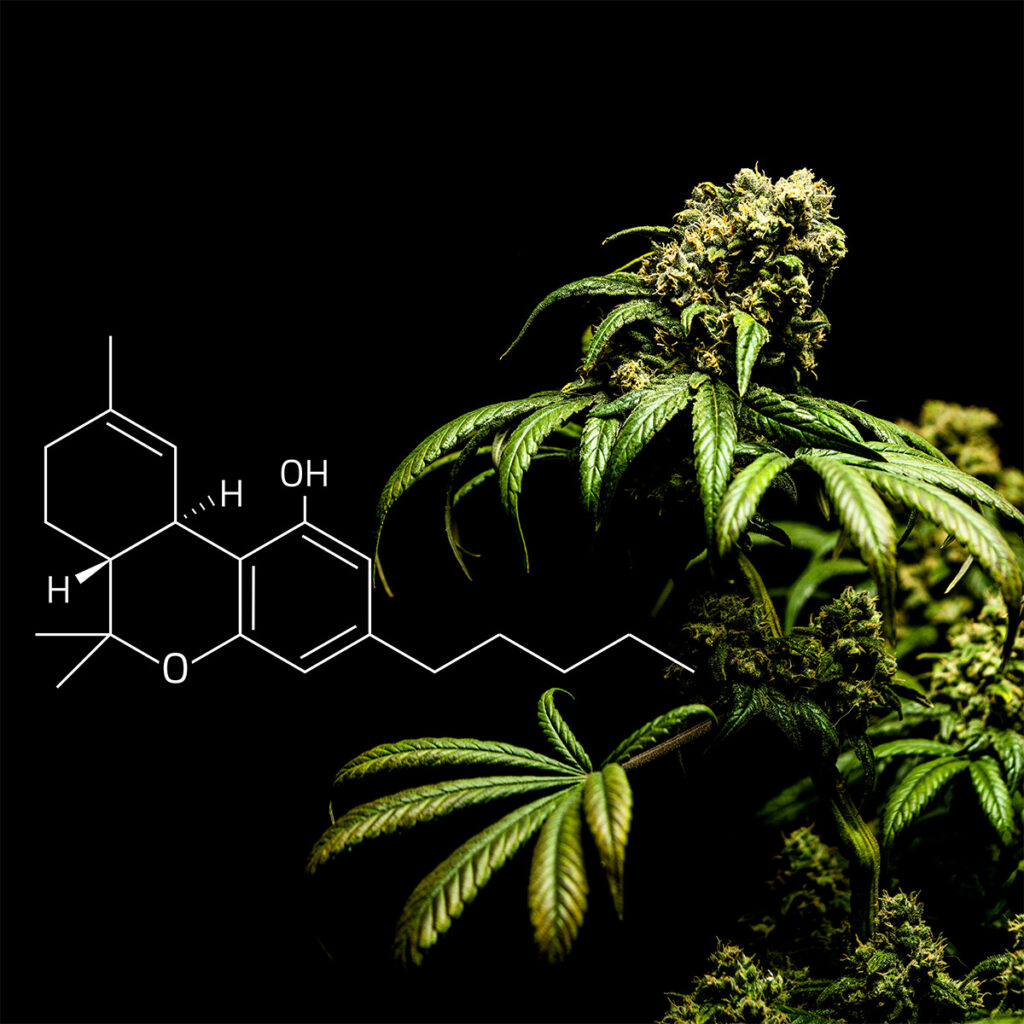
THC, or tetrahydrocannabinol, is one of the primary psychoactive compounds found in cannabis, responsible for the euphoric effect that makes cannabis products so desirable to many consumers. Over the years, the focus on higher THC levels in cannabis products has grown, adapting to changes in regulatory compliance and user demand.
Initially, cannabis was bred primarily for industrial hemp and medicinal purposes with lower THC content. Today, the legalization of cannabis in many regions has sparked a search for more potent products with significant psychoactive effects.
Terpenes and Other Cannabinoids
THC isn’t the only substance in a cannabis plant responsible for delivering a quality experience. One study in 2020 even found that there was very little difference between smoking cannabis with a 16% or 24% THC percentage.
That’s because various other cannabinoids and terpenes play a role in the overall experience offered by any cultivar. Additionally, different compounds can meet the specific requirements of various users.
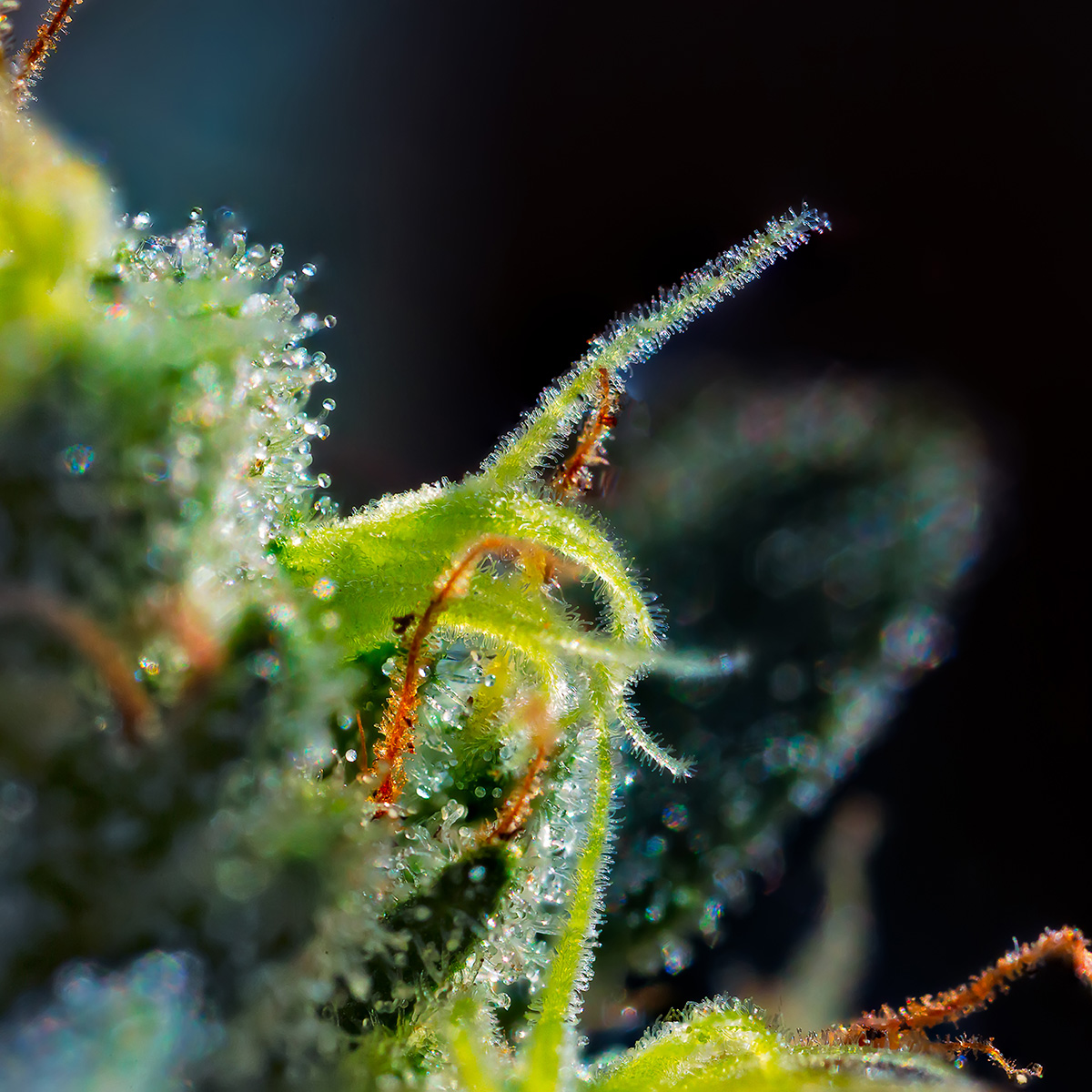
For instance, THC is renowned for its psychoactive properties, but other cannabinoids like CBD (cannabidiol) and CBG (cannabigerol) offer unique benefits. CBD is non-psychoactive and is praised for its therapeutic effects, such as reducing anxiety and inflammation. CBG, also non-psychoactive, is gaining attention for its potential antibacterial and neuroprotective properties.
Terpenes, the aromatic compounds in cannabis, can also play a significant role in influencing the effects of a product. For instance, myrcene can promote relaxation, while limonene might elevate mood. The “entourage effect,” which influences how cannabinoids and terpenes work together to deliver a specific experience means THC content can’t work alone in ensuring product quality.
Market Trends and Consumer Preferences
Thanks to widespread legalization, the focus on high-potency cannabis products has grown in recent years. In one study, when asked to rank the two most important factors they consider when choosing a product, 60% of respondents cited THC percentage as their top consideration.
To answer the question, “Does THC percentage matter?” we need to consider all of the key factors influencing the market today, including:
Consumer Behavior
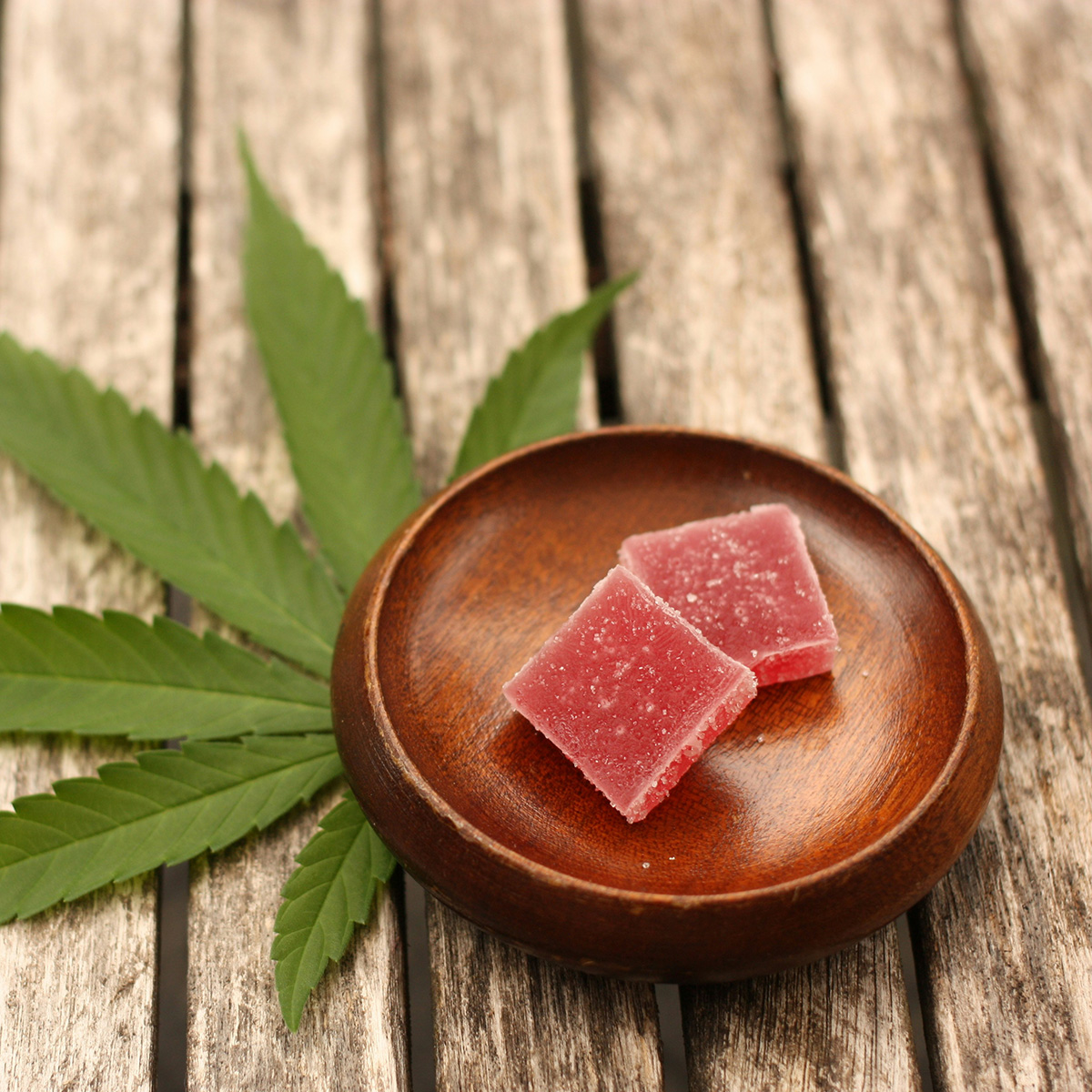
Consumers are typically willing to pay higher prices for products that they believe will deliver a better effect, which is why many prioritize higher THC content. For both recreational and medical users, higher THC potency can deliver stronger results, which helps consumers feel they’re getting better value for their money. Notably, this doesn’t mean that customers are looking for an extreme high.
According to one report from New Frontier Data, while many consumers prioritize products with a higher percentage of THC, they prefer to consume them in lower doses. When it comes to edibles, 61% of consumers in this survey said they consume 10mg of THC or less at a time. Of course, preferences can vary between consumers since some people react more strongly to edibles than others and may need less THC to feel the effect.
It’s also worth noting that consumers are looking for different ways to consume their cannabis. While flower was the most popular cannabis form for 60% of respondents in one study, many are now experimenting with edibles, vape pens, topicals, and tinctures.
Market Analysis
The market for high-THC cultivators is certainly booming. Studies show that in the US, products with the highest THC content often command higher prices. In fact, the demand for high THC solutions is so significant that lawsuits have been levied against companies using improper labeling.
Headset Data revealed that high potency cannabis strains are gaining more attention in various markets. Popular high-THC strains like Gorilla Glue and Girl Scout Cookies have become staples in many recreational and medicinal markets for their potent effects.
At the same time, the technology and tools cultivators need to harvest and process high THC flower and extract cannabinoids for edibles and other products are becoming more advanced. This means that cultivators now have access to more solutions to optimize harvesting efficiency and create products that meet the demands of a wide range of customer segments.
Sales and Demand Statistics
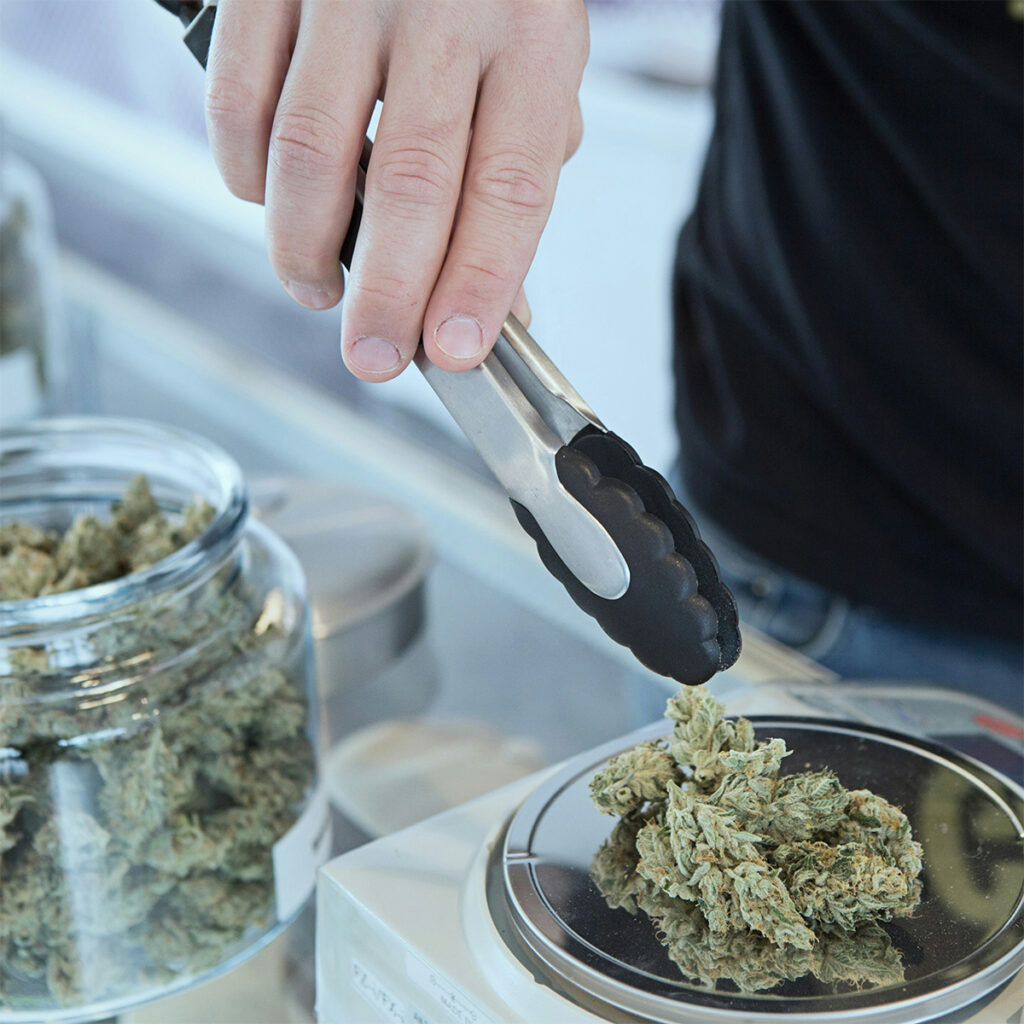
Studies indicate that the global legal cannabis market will reach a value of $58 billion by 2028. However, it’s difficult to know how much of the market will be dominated by the quest for high THC cannabis products. If we look at the research shared by Statista in 2020, products with high THC percentages did command higher pricing. For instance, cannabis with a THC percentage of 21-28% had a retail price of around $11.06 per gram during this time as compared to $7.37 per gram for flower with a THC percentage of 14-21%.
Studies have also shown that consumers are more likely to purchase high THC products at a higher price because they believe this is an indicator of better potency (even if this isn’t always correct). However, as consumers become more aware of the various compounds that contribute to cannabis effects, buying habits may change.
This could lead to a greater need for cultivators to ensure they’re taking a balanced approach to ensuring product quality by cultivating strains based on their full effects rather than simply their THC percentage.
Cultivation and Harvesting Considerations
Though THC level might not influence every aspect of a product’s quality, it’s certainly a factor that helps to attract and convert more customers. To take advantage of this opportunity, cultivators must ensure they’re creating the right products and using the best processing techniques.
As various reports have shown, companies have come under fire in recent years for falsely advertising THC percentages. You’ll need to ensure the products you’re giving your customers are designed to address their specific needs. This means investing in:
Optimized Cultivation Practices
Creating products with a high THC level starts with developing a high THC cultivar. Choosing strains with a genetic predisposition for higher THC content is fundamental. Strains such as Girl Scout Cookies, Gorilla
Glue #4, and Bruce Banner are known for their high THC potential.
Additionally, companies will need to be cautious about how they grow their flowers to maintain and preserve THC levels. The following strategies can contribute to high THC products:
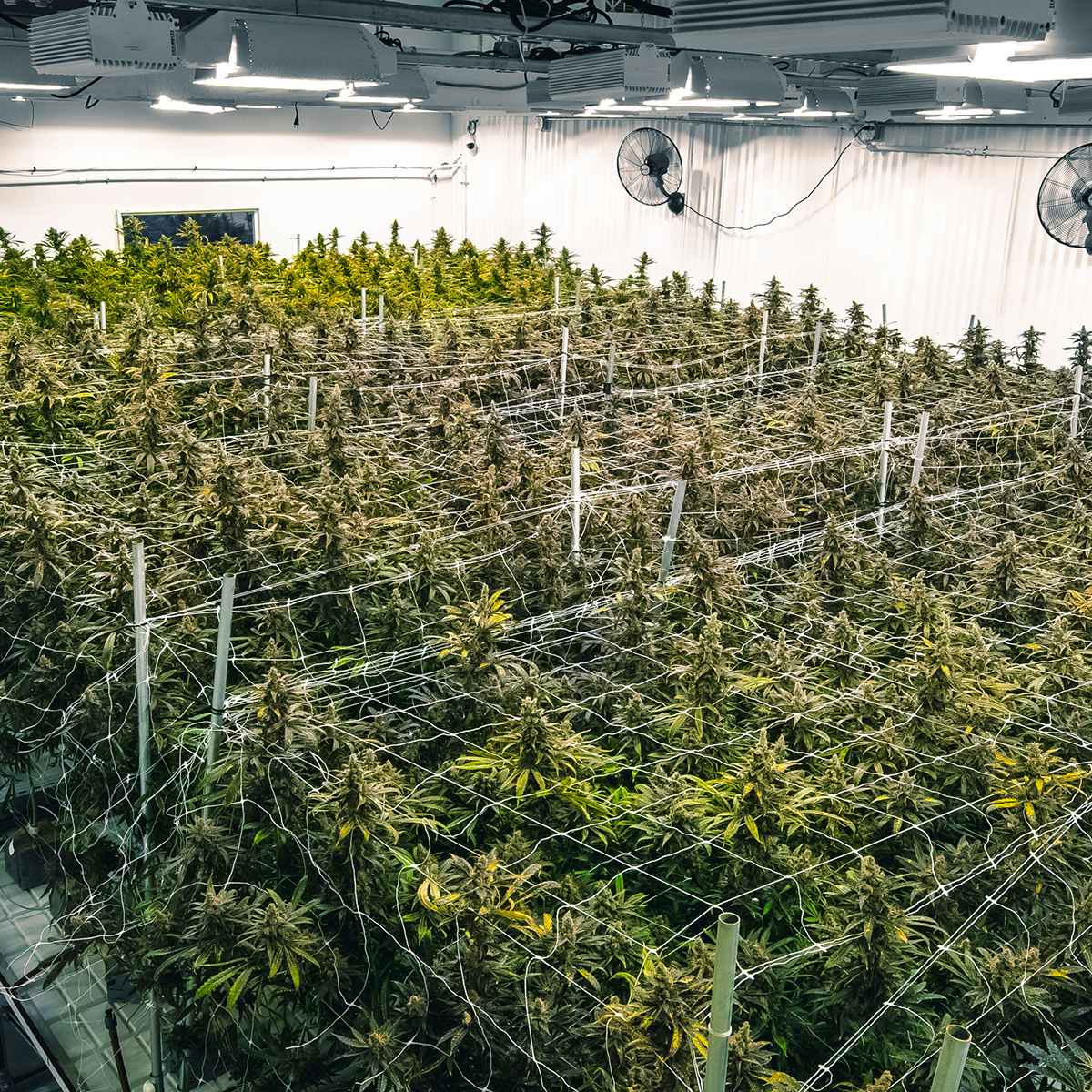
- Light management: Using high-intensity discharge lights, or full spectrum LED lights, can assist in optimizing photosynthesis and enhancing cannabinoid production.
- Nutrient optimization: Providing plants with the right balance of nutrients during the flowering stage is crucial. Higher levels of potassium and phosphorus can improve resin production and boost THC levels.
- Environmental controls: CO2 enrichment and maintaining stable environmental conditions, such as temperature and humidity, can help to improve flower growth and cannabinoid synthesis.
Harvesting Methods
Harvesting efficiency and optimization are also crucial to maximizing cultivar yields and preserving crucial cannabinoids, such as THC. Cultivators will need to ensure they’re harvesting flowers at the right time, before trichomes become overripe and begin transforming THC into CBN.
The right harvesting technique will also be crucial. Using commercial-grade tools, handling buds carefully, and sorting through products cautiously will help preserve resin glands and trichomes. Additionally, proper drying and curing processes are often essential for maintaining cannabinoid potency. Some studies suggest the correct curing can increase THC content by 2% or more.
Curing helps to stop the natural degradation process of plants before valuable cannabinoids degrade or transform into other compounds.
Processing Methods
The processing and extraction methods used to create your products have a significant impact on your ability to retain high THC levels. Certain techniques can contribute to higher THC levels, such as:
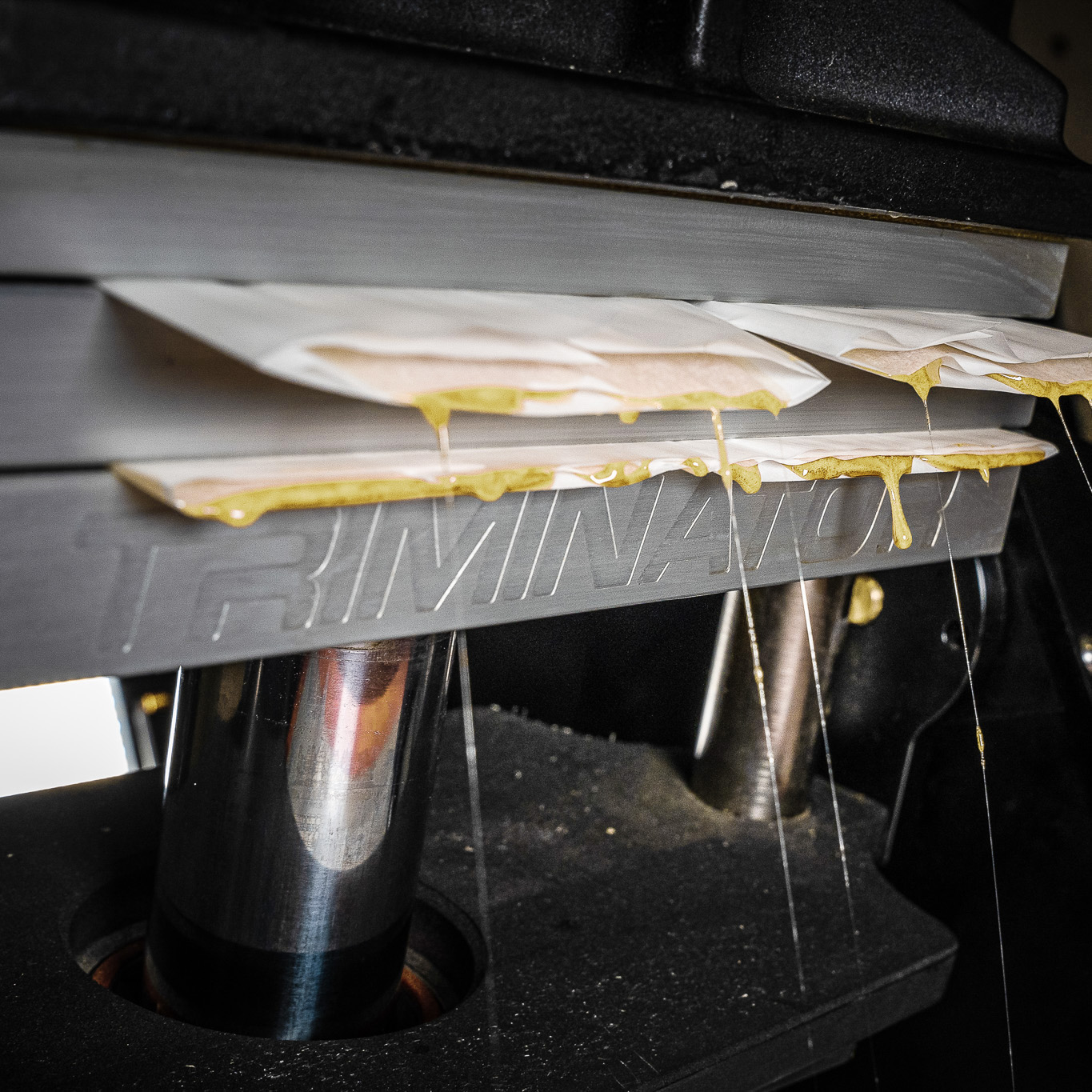
- Solvent extraction: Though demand for solventless extraction methods is increasing, solvent-based extraction methods can help retain high THC levels when creating certain concentrates. The key to success is completely purging residual solvents from the final product, which produces higher-quality results.
- CO2 extraction: For resins and other high THC concentrates, CO2 extraction can be a powerful method for precisely preserving a full spectrum of cannabinoids and terpenes. This can help to contribute to a potent and pure product.
- Solventless Extraction: Rosin, created from bubble hash or flowers, can be an excellent way to create a high-quality THC product. Solventless rosin pressing is a popular way to produce clean, high-quality concentrates that appeal to the current market.
- Distillation: THC distillation involves refining cannabis extracts to produce highly concentrated THC oil. By undergoing a thorough distillation strategy, it’s easier to create potent edibles and vape cartridges.
Regulatory and Compliance Issues
Notably, there are specific regulatory and compliance issues that any cultivator will need to consider when prioritizing high THC products. One reason THC percentage does matter is that even if you’re not prioritizing higher THC solutions, you need to ensure that you’re providing your customers with accurate insights into your product’s components.
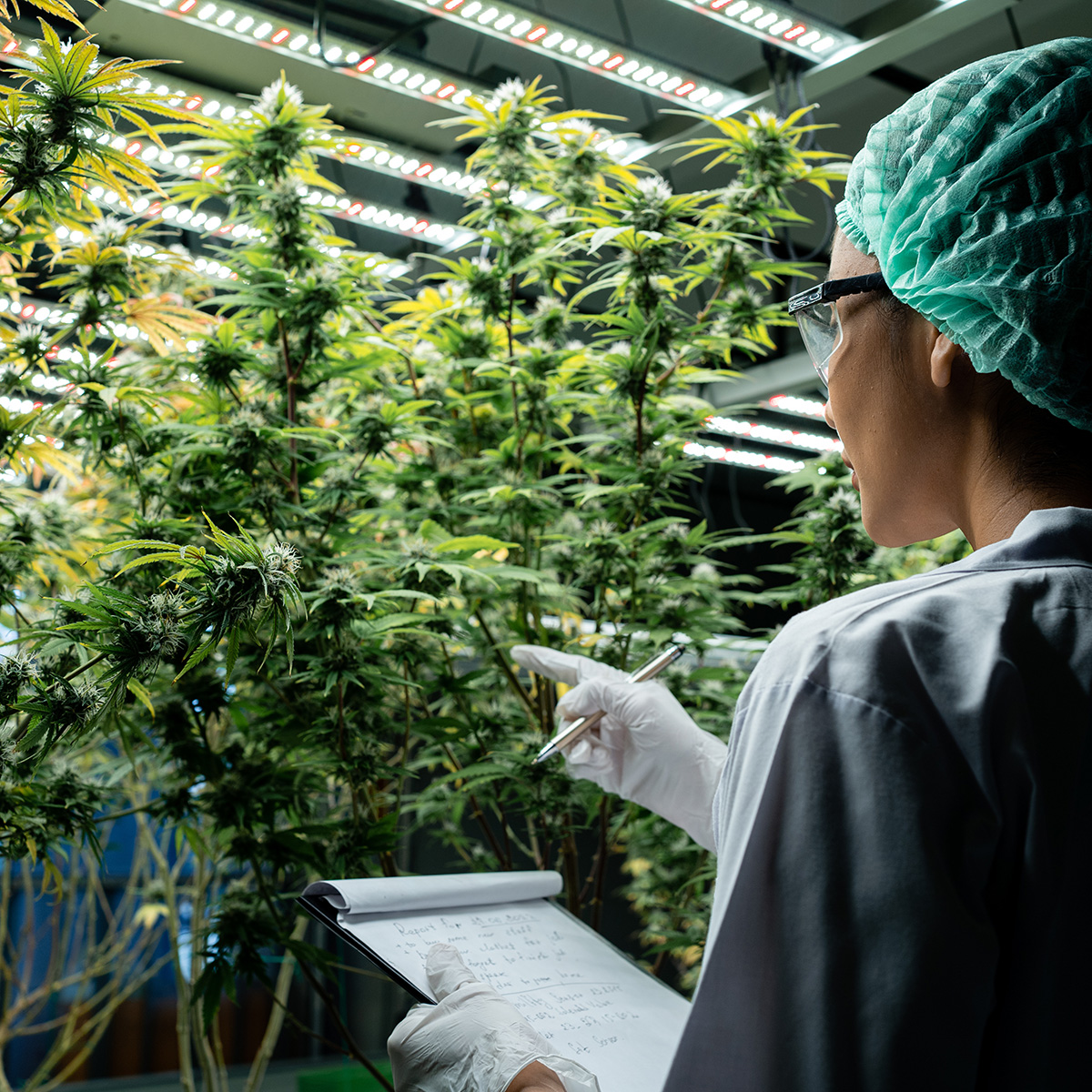
Different markets impose different regulations on how much THC can be included in any product. For example, some parts of the USA approved that flowers can have a maximum percentage of 45%. In certain environments, like Canada, limits on THC content can vary depending on how the product is used.
Ultimately, limitations imposed by different markets will have an impact on your cultivation practices and equipment choices. You’ll need to ensure you’re cultivating products with the highest possible levels of THC to attract the right customers while adhering to legal limits.
This will make regular testing of your products crucial. Testing isn’t just important to ensure you remain within legal limitations either. It’s also the only way to accurately ensure you’re delivering a high-quality and consistent product. Simply testing THC levels isn’t enough; you’ll also need to examine the various other cannabinoids and terpenes in your products.
To remain compliant, alongside implementing regular testing methods, focus on:
- Leveraging Quality Control Measures: Implement robust quality control procedures to ensure consistency and compliance. Check everything from visual appearance to taste, smell, and perceived effects after consumption.
- Offering Extensive Education and Training: Train staff on regulatory requirements and best practices for cultivation and processing. Ensure they’re familiar with regulatory guidelines and how to test the THC percentage of your products.
- Using Adaptive Technology: Invest in technology that facilitates effective testing and uses software to document your discoveries and findings.
Does THC Percentage Matter? Absolutely
THC percentage is an important consideration for those in the cannabis industry as well as the cannabis consumer. Customers are prioritizing high THC levels, but that’s not the only reason you should be focusing on THC. You also need to ensure you understand the THC content of your products to remain compliant with industry standards.
However, while THC percentage is absolutely important, your number one focus as a cannabis cultivator should be producing high-quality products. This doesn’t necessarily mean focusing on THC alone. High THC strains can deliver excellent results, but a singular focus on THC may overshadow the importance of terpenes, cannabinoids, and overall product quality.
Striking a balance involves cultivating diverse strains and employing methods that optimize not only THC but also other beneficial compounds.
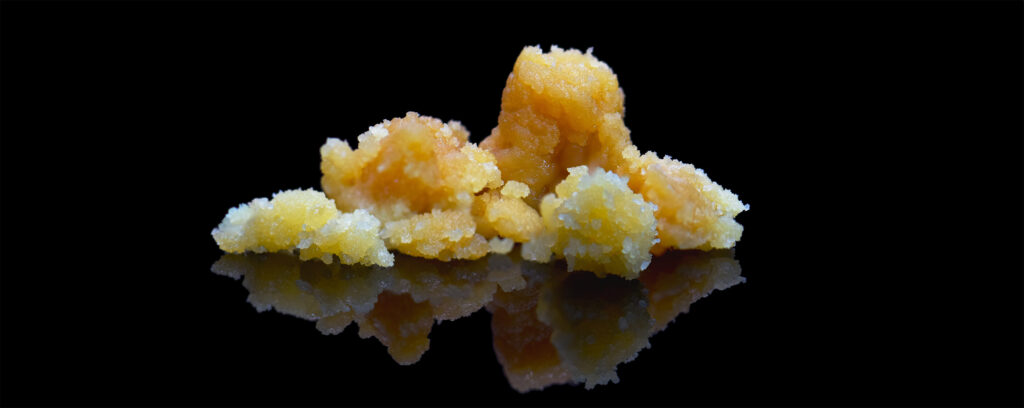
Contact the Triminator team today to find out how we can help you produce higher-quality products for your consumer base with our state-of-the-art solutions for enhancing harvesting efficiency, extraction, and cannabis processing.
Like what you read?
Get more insider industry knowledge sent right to your inbox
"*" indicates required fields